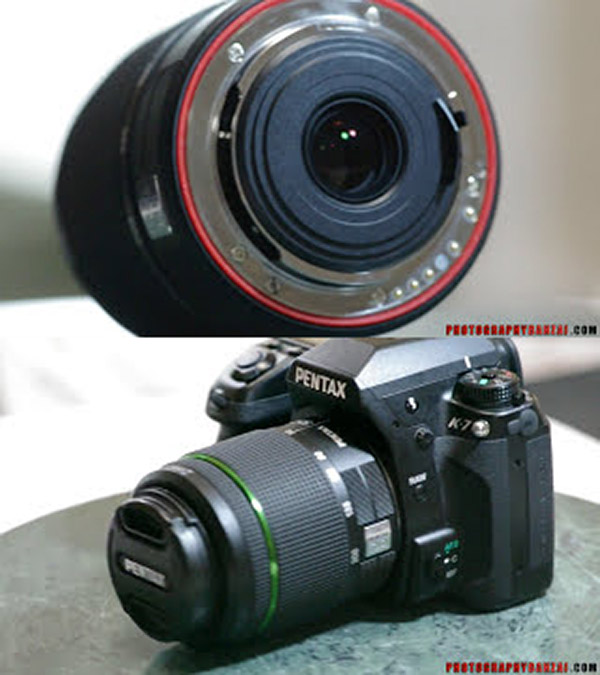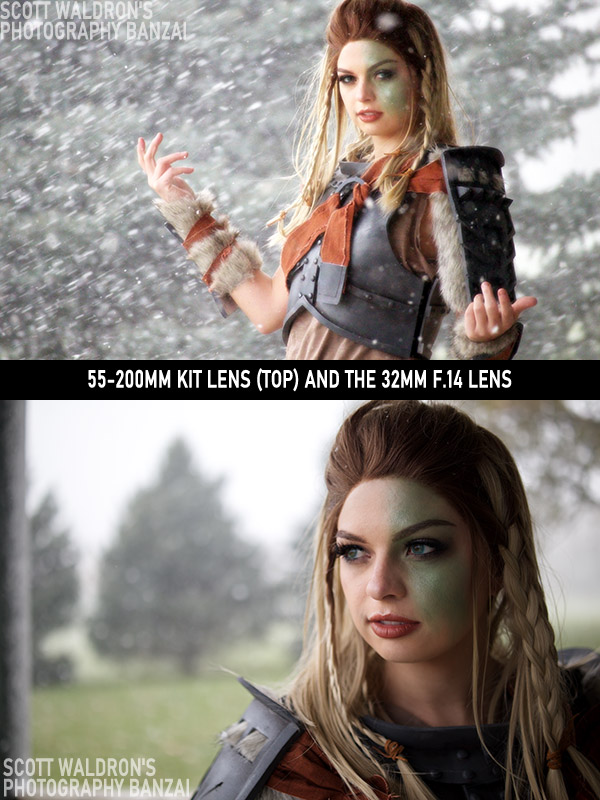Over the years, I’ve flip flopped on the subject of kit lenses. Should you buy one with your camera? Should you keep the ones you have?
In the above video, I use the Canon EF-M 15-45mm f3.5-6.3 standard kit lens with the Canon EOS M5 out in winter nature at my favorite state park. I go over most of what I say here and show photos taken with the lens.
Check out the Canon EOS M5 Mirrorless Digital Camera with 15-45mm Lens: B&H Photo Video, Amazon, and eBay.
Or check out the camera I recorded this video with, also using a 15-45mm lens: B&H Photo Video, Amazon, and eBay.
I currently have two of the 15-45mm kit lenses. One came as a kit with the M50 and the second came with the used M5 that I bought on eBay. My other M50 I bought as body-only. I did have another 15-45mm when I owned the M100, but sold that long with the 55-200mm telephoto kit because all of that came as a 3-piece set. Breaking it up would have made it less valuable. The point is that I’ve kept a kit lens around lately. This hasn’t always been the case, but more and more I see the benefits of lower cost gear.

I use the 15-45mm for a mixture of tasks. When I want the most compact vlogging setup possible I’ll bring this lens instead of the 11-22mm. It’s lighter and shorter than the ultra-wide. There are a few positives and negatives to each lens. Maybe I’ll make a versus video about that topic at some point…
The kit lens has a minimum focus distance of 0.82 ft./0.25m. I think I’ve run into this limitation in some of my videos because I end up standing too close to the camera so my face isn’t in focus. I tend to not notice the issue with the 11-22mm lens with its minimum distance of 0.49 ft./0.15m. I’m not totally sure. They both generally work okay.
I occasionally use the kit lens for photos outdoors, but most of the photography is stuff inside for my YouTube channel or other social media. It’s quick and easy to use and I’ve got two, so one is usually ready for action.
The range of a kit lens is a big benefit. I like the new trend of wider kit lenses such as the 15-45 instead of 18-55 of the mid 2000’s. That totally depends on what you want to do, so maybe sometimes having more range is nicer. I’ve considered buying the original EF-M 18-55 kit lens again because I did enjoy using it back when I had the original EOS M camera.
Size is a benefit of kit lenses. Some kit lenses are designed to compact down and lock in place. That’s great for traveling. This feature is happening mostly on newer glass. They tend to be a nice combination of size and versatility.
Considering price, they usually have image stabilization. It’s hard to find ultra wide lenses with stabilization so that’s a huge benefit to kit lenses.

Shake reduction is great for vlogging and other handheld work. Telephoto also benefits from it often. Though, if you are photographing fast moving subjects then there won’t be a lot of benefit for those uses.
Some companies don’t offer stabilization in the camera, especially on entry level models. Having a cheap lens with stabilization is a huge plus.

Some companies add extras to their kit lenses that can add a bit of extra cost, but still fits within a kit lens format. For example, Pentax adds weather resistance to some of their kit lenses. That’s a nice added bonus.
Image quality can be important, but how important is it really?
Kit lenses are not known to have the best image quality. There are exceptions, but overall you can expect high-end lenses to have a leg up there when used at the same aperture and focal length.
I personally don’t see absolute pixel peeping image quality to be important most of the time, but that depends on you of course.
Think about what your goal is for a given situation. Is image quality a priority, or is something else? It could be a certain type of composition, depth of field, or something else that’s more important.
In those cases having an expensive large aperture lens won’t do much better.
For example, I was photographing my friend in cosplay with the EF-M 55-200mm kit lens and the EF-M 32mm f/1.4 lens. The telephoto kit lens is a maximum of f/6.3 at 200mm.

The conditions were extreme with an active snow storm. I wanted a tight close up of the subject, but I also wanted to include some of the snow. Given the Canon EOS M50’s bad high ISO performance, I probably could have benefited from an extra stop or two like f/4 or f/5.6. Though if I had something like a 70-200mm f/2.8 that might have been too much at f/2.8. I would have lost the snow in the background. I did take a few photos with the 32mm lens, but you can see the focal length and large aperture combination I was using lost out on the snowy background.
In the case of the two lenses, I liked the kit lens photo more than the large aperture one, even though I it a lot of image grain. If I had used something like a 135mm f/1.8 lens at it’s widest aperture, I definitely wouldn’t have achieved the result I wanted at the time. Large apertures are not always the solution to a problem.
If sharpness is something you are aiming for, you can always stop down a kit lens into the sweet spot for the given focal length you are using it at. There can be limitations to this, but it can help when you have enough light in the scene.
Think about the final place for the photo. If you are posting it to Instagram, you only need around 1000 pixels of resolution. Any average kit lens should be up to the task there.
Think about the point of photography. The equipment doesn’t matter that much if you can get your point across well enough.
Kit lenses are a great learning tool that you don’t have to worry about damaging.
If you plan on buying something that completely replaces a kit lens in focal length range, then sure, that can be your solution. If the size isn’t a huge difference then why not? It’s not simple and there is a case for having a backup lens, but you can certainly buy a high-end lens instead if you want.
Kit lenses have a lot of benefits in a small cheap package.

